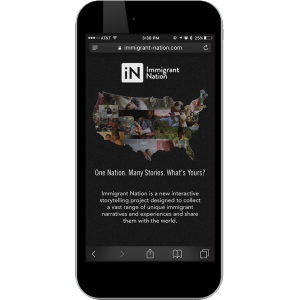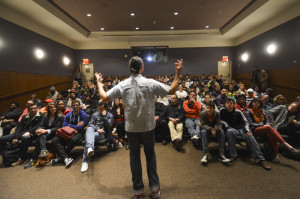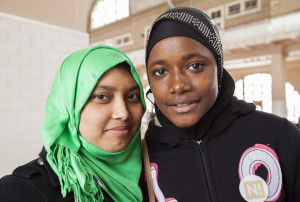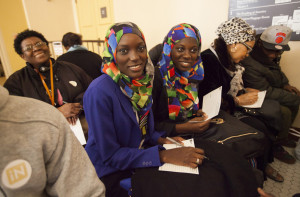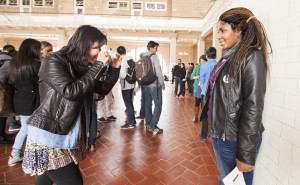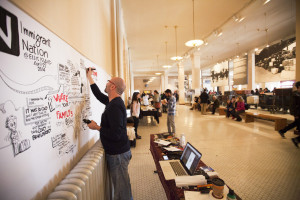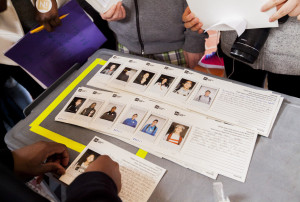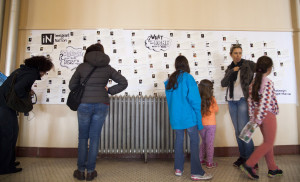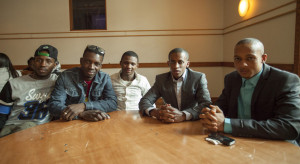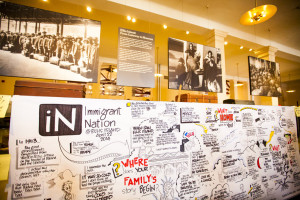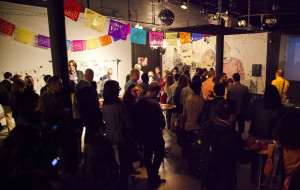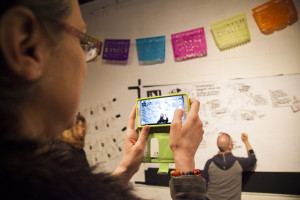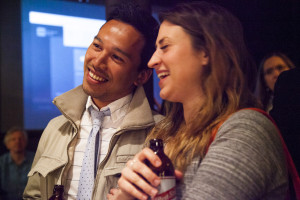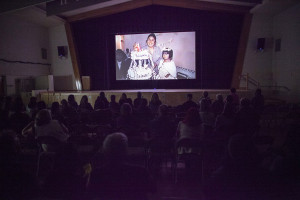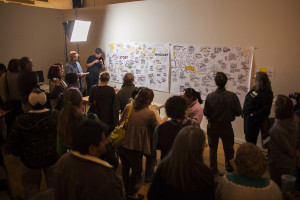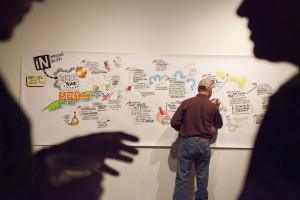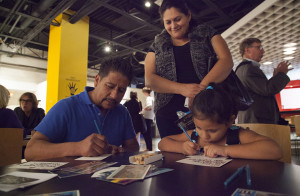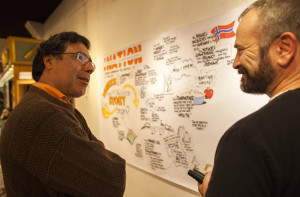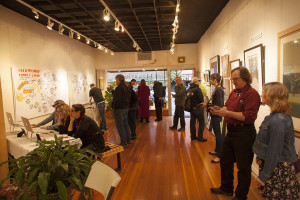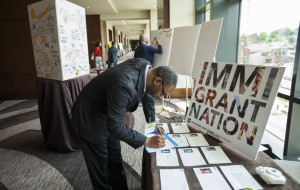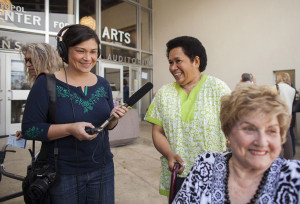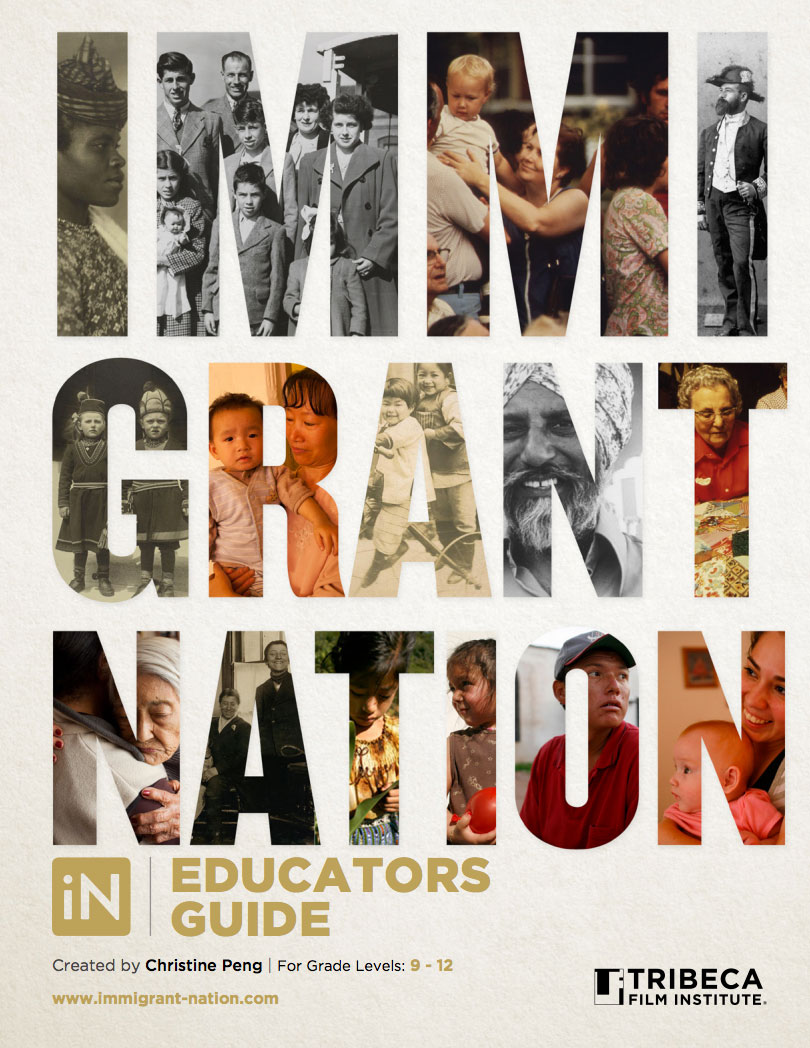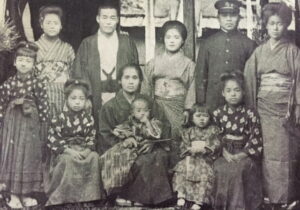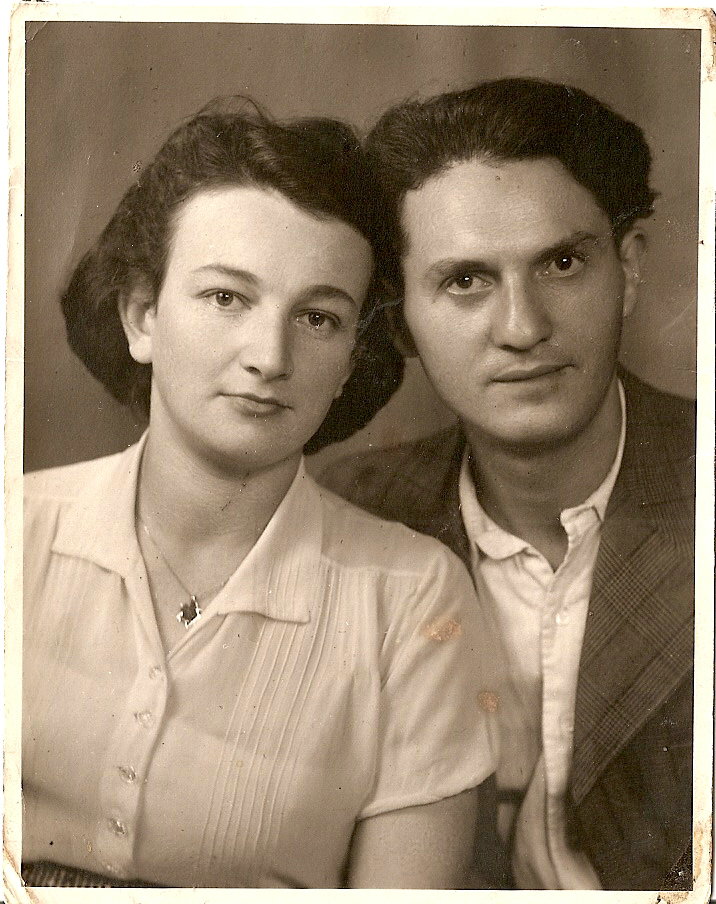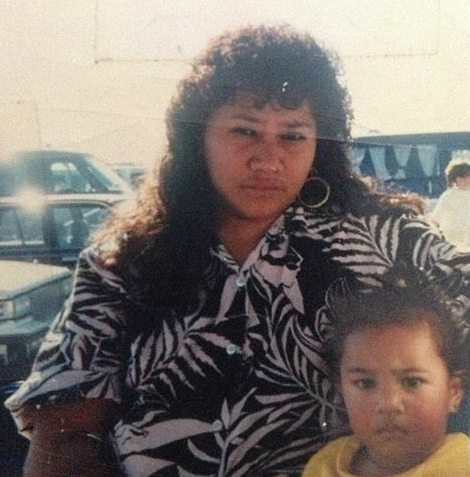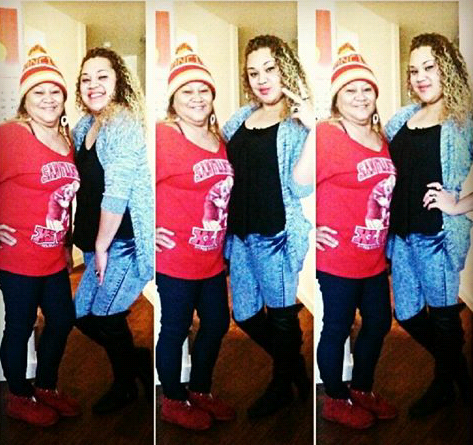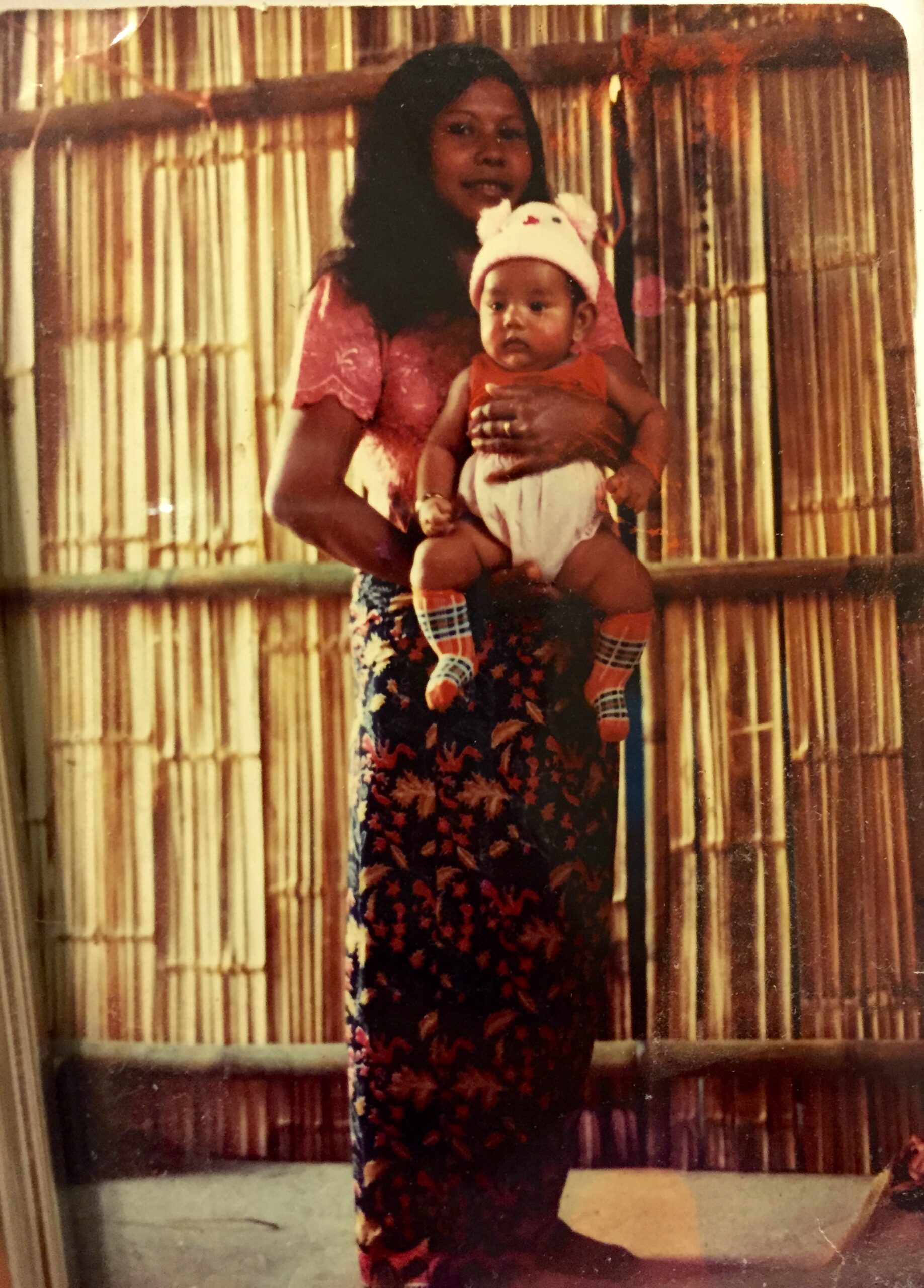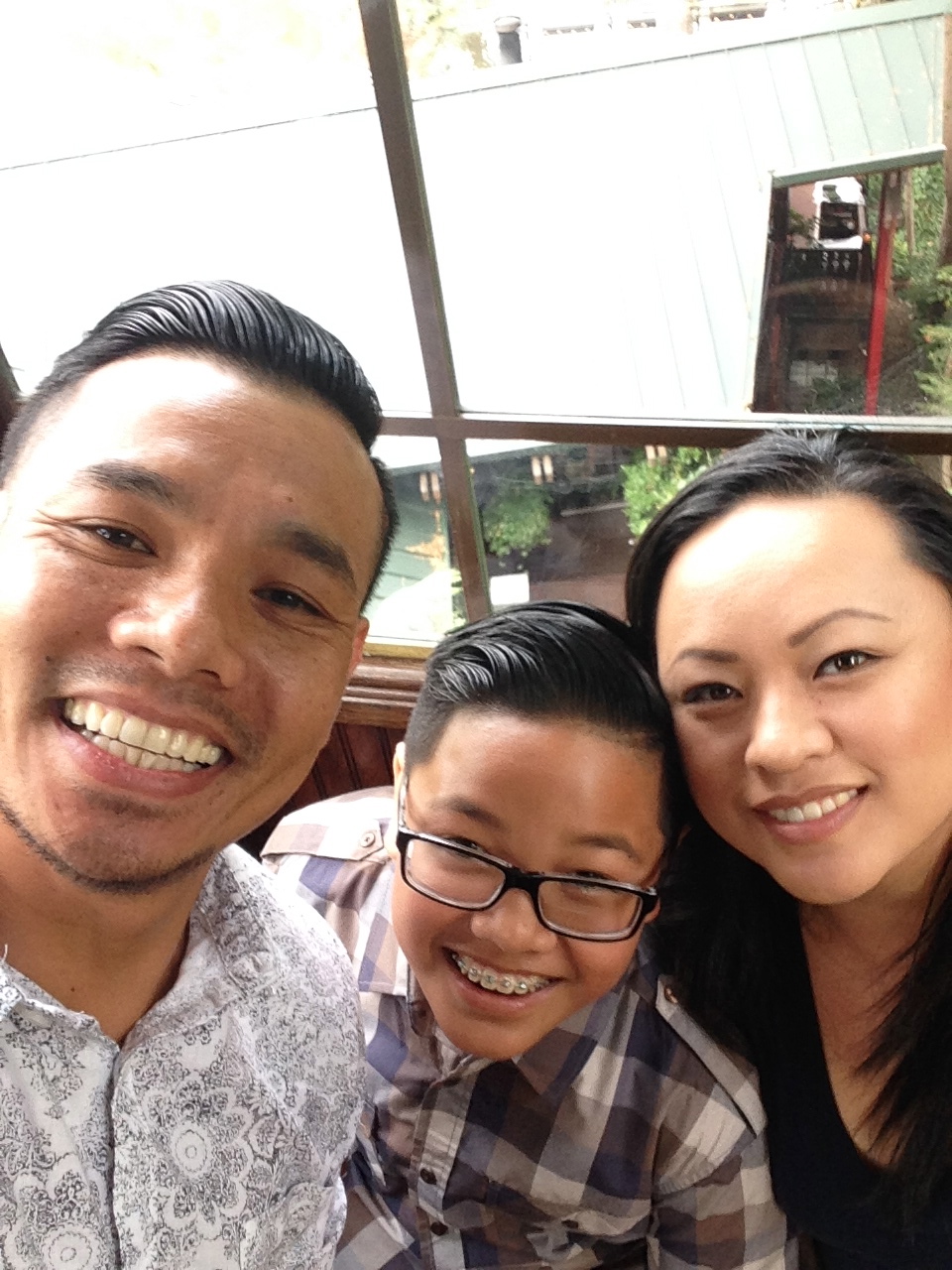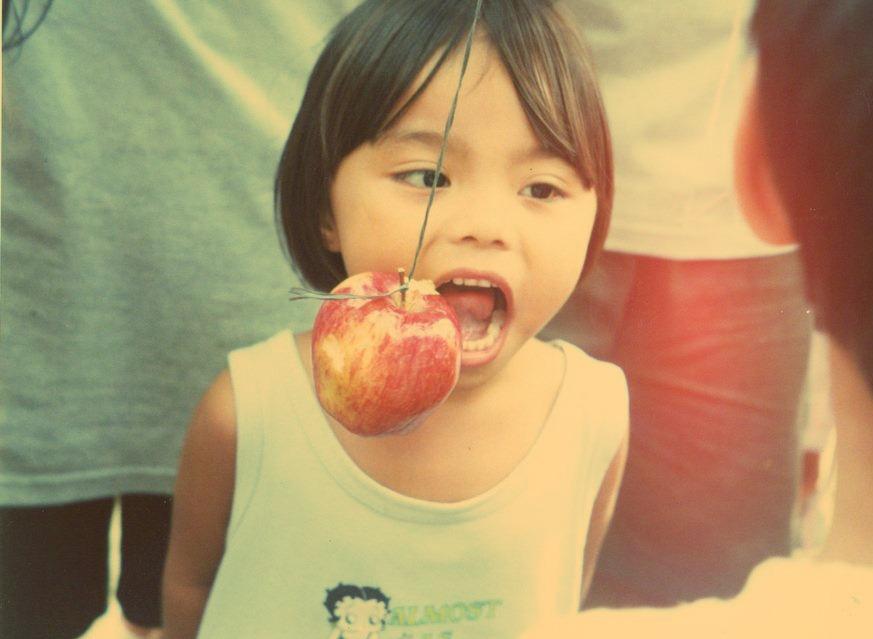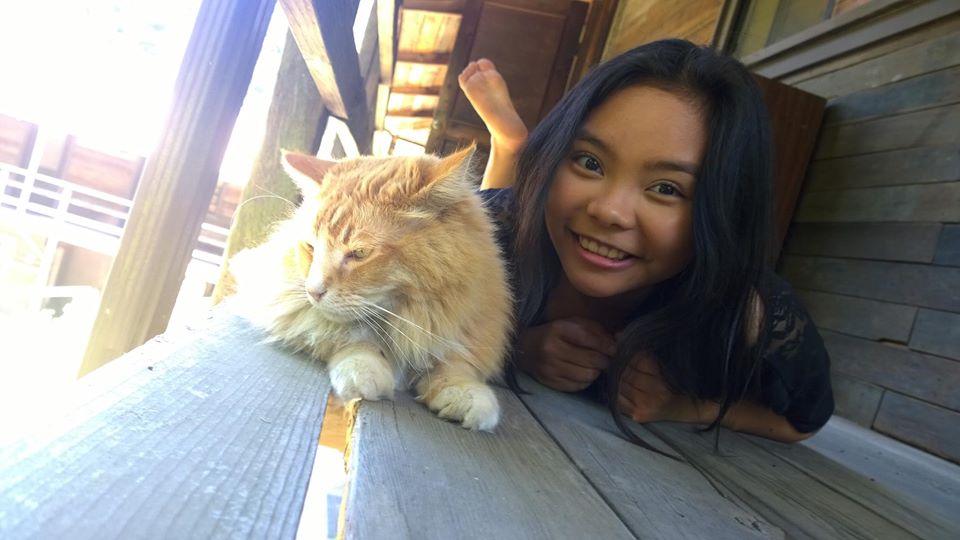 iNation is anchored by a unique immersive online platform where the user is invited to become a co-creator in the process, creating and sharing their own immigration story. Anyone and everyone can create and share a story on the iNation platform that relates to their experience with immigration. Users can browse other people’s stories, watch the intimate iNation short films, and experience myriad ways that immigration has shaped and formed our communities and country. The platform is accessible in English, Spanish, and French.
iNation is anchored by a unique immersive online platform where the user is invited to become a co-creator in the process, creating and sharing their own immigration story. Anyone and everyone can create and share a story on the iNation platform that relates to their experience with immigration. Users can browse other people’s stories, watch the intimate iNation short films, and experience myriad ways that immigration has shaped and formed our communities and country. The platform is accessible in English, Spanish, and French.
User stories are told through a simple process using photos and a small amount of text. Based on what the user writes, the story is tagged with keywords. For example, these might be words like family, Russian, love, ancestor, or war. The user assigns their story a date, and country (or countries) of origin. With the creation process complete, the user’s story appears on a visualization displaying a wave of immigration from the country that the user selected. This wave is a data visualization of immigrant arrivals from the user’s country of origin over the last 200 years. It also includes other user stories that were input with the same country of origin.
The user can then browse through the other immigration stories from their chosen country. They can also select keywords from their own story and then discover other stories with similar themes to theirs. The user can also do a search to find other stories based on other keywords. The search returns all the related stories on all relevant waves — in effect creating a zoomed out view of the connections between diverse groups of immigrants who have flowed into the U.S. over the last 200 years.








 iNation is anchored by a unique immersive online platform where the user is invited to become a co-creator in the process, creating and sharing their own immigration story. Anyone and everyone can create and share a story on the iNation platform that relates to their experience with immigration. Users can browse other people’s stories, watch the intimate iNation short films, and experience myriad ways that immigration has shaped and formed our communities and country. The platform is accessible in English, Spanish, and French.
iNation is anchored by a unique immersive online platform where the user is invited to become a co-creator in the process, creating and sharing their own immigration story. Anyone and everyone can create and share a story on the iNation platform that relates to their experience with immigration. Users can browse other people’s stories, watch the intimate iNation short films, and experience myriad ways that immigration has shaped and formed our communities and country. The platform is accessible in English, Spanish, and French.